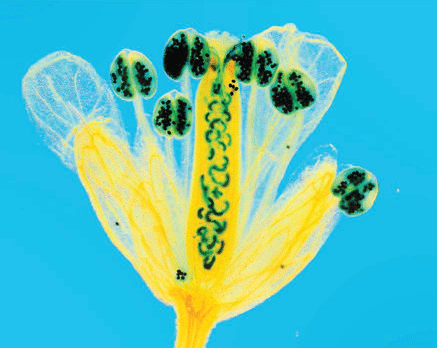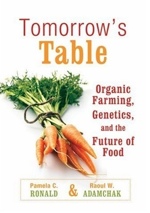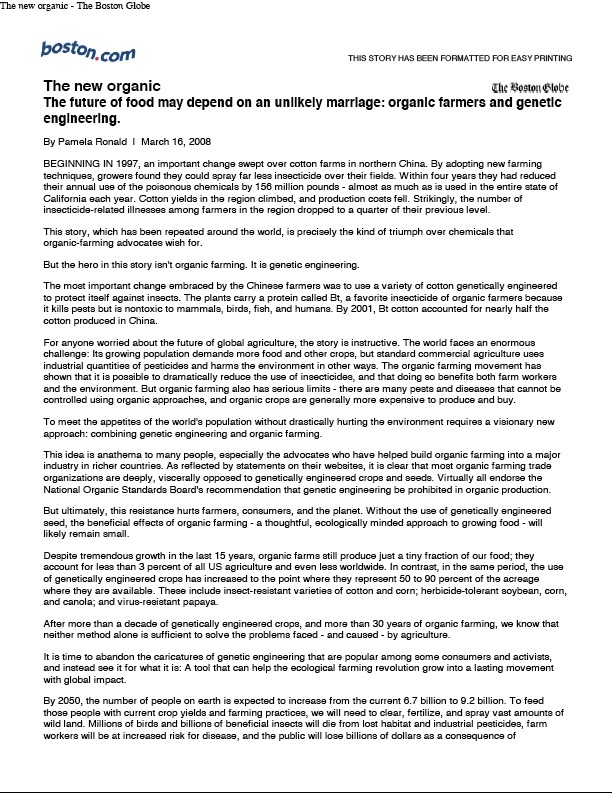Science Magazine this week published the winners of this year's International Science and Engineering Visualization Challenge.

Self-Fertilization: Heiti Paves and Birger Ilau, Tallinn University of Technology
Within its tiny white flowers, thale cress (Arabidopsis thaliana) does what most plants avoid: It fertilizes itself. Heiti Paves of Tallinn University of Technology in Estonia took this photograph of the flower with its pollen grains and ovaries stained blue to show the process in action. From the six pollen heads, the grains grow thin tubes toward the bean-shaped ovaries in the flower's stigma to fertilize them. Because of the microscope technique used, polarized light turns the normally white flower yellow and the background blue. Scientists have used A. thaliana in many genetic studies because its self-fertilization makes experiments clearer. Gregor Mendel used a self-fertilizer, the pea, to build his genetic theories, Paves notes.
The editors suggest the following Related Resources on Science sites:
In Science Magazine
SPECIAL FEATURE
2009 Visualization Challenge
Jeff Nesbit and Monica Bradford (19 February 2010)
Science 327 (5968), 945. [DOI: 10.1126/science.327.5968.945]
 Pamela Ronald is Professor of Plant Pathology at the
Pamela Ronald is Professor of Plant Pathology at the 






